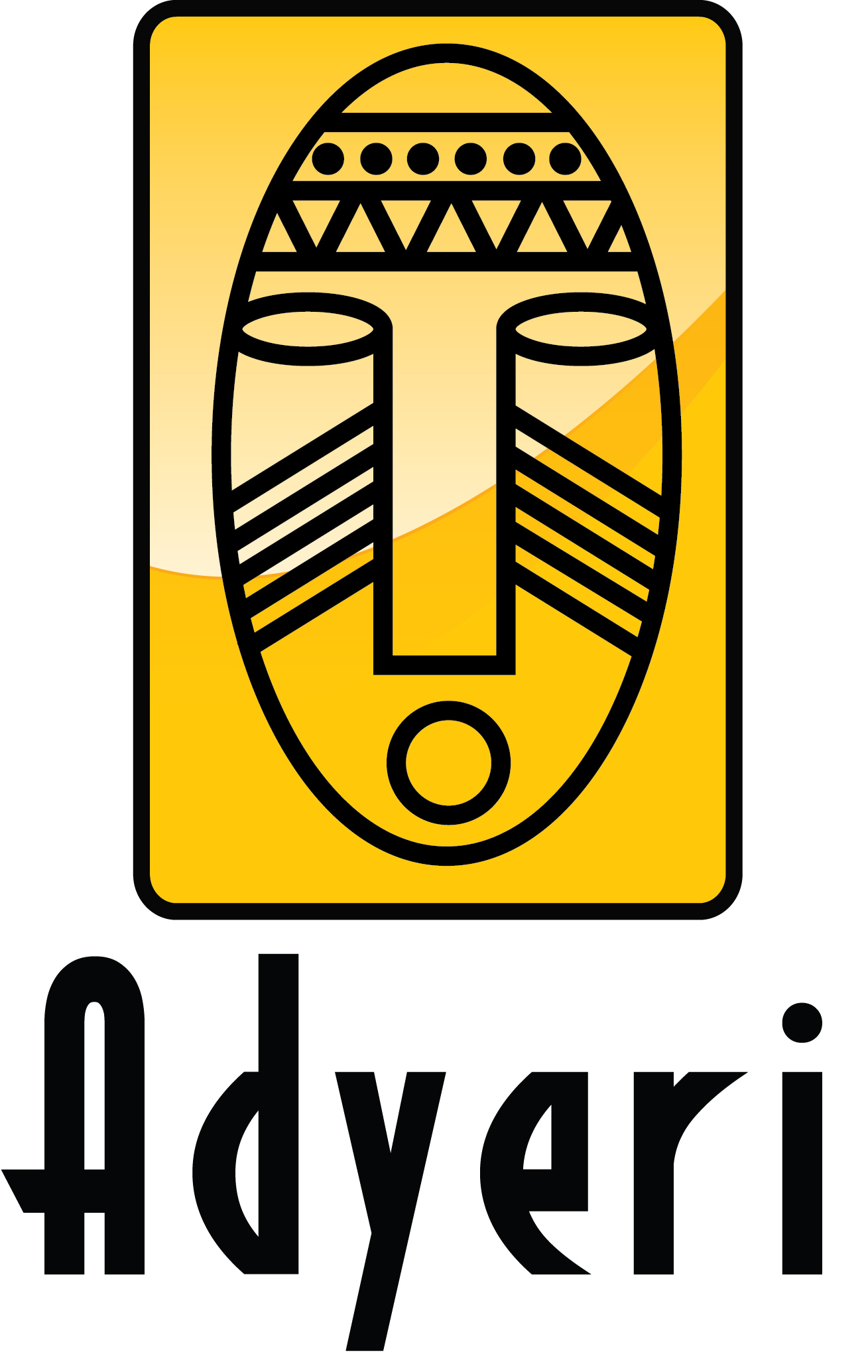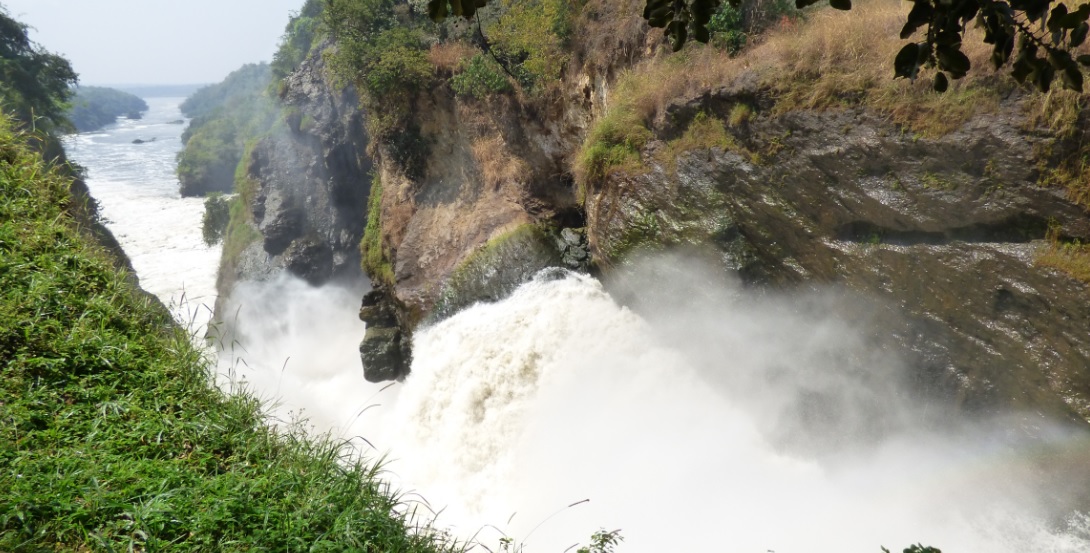Murchison Falls National Park
Murchison Falls National Park - Uganda
This park owes its existence to a serious outbreak that decimated Uganda’s human population between 1898 and 1915. As the only effective way known to combat the disease was to evacuate the region between 1907 and 1912.
Murchison falls was gazetted in July 1952, a few months after the National Park’s act was passed. The spectacular 3840 sq. km park, the country’s largest is known for its scenic beauty and abundant flora and fauna although it suffered considerably during the late 1970’s and early 1980’s, which had a disastrous impact on its once abundant game. However, with animal population consistently growing, and Murchison falls may soon regain its reputation as one of Africa’s favorite destinations.
Take note that the park was briefly renamed Kabalega Falls National Park, and remains as such on some maps.
Murchison Falls National Park offers some of the wildest and most pristine scenery in Africa. Lush plains are scattered with palms, rich forest and growing herds of animals.
And, of course there are the magnificent Murchison Falls, where the mighty 50 meter wide River Nile squeezes through a six meter cleft in the rocks to drop 43 meters in a cascading thunder of water forming an inevitable mist and beautiful rainbow. The River Nile, in fact is the most prominent feature of the park, bisecting it from East to West. The north most tip of Lake Albert forms western boundary of the park, so the area is extremely well watered and fertile.
Getting there
Using the most direct route, Paraa where Murchison Falls National Parc is located is 303 kilometers from Kampala, 86 kilometers from Masindi, 142 kilometers from Hoima and 109 kilometers from Gulu. It is served by road from Kampala most of which is tarmac and can also be reached by air charter, using the all weather airstrip of Pakuba, about 10 kilometers northwest Paraa.
When to go
The park is lovely at any time of the year, but most visitors choose to avoid the rainy seasons of April-May and October-November.
Where to stay
Murchison Falls has experienced an enormous development of accommodation facilities in recent years. At Paraa, the Paraa Safari Lodge is equipped with all that a visitor would ever ask for. There is also the Sambiya River Lodge on the southern bank of the river not far from Paraa. There are also some rustic campsites near the top of the falls, for which you must totally be self sufficient. Paraa Safari Lodge and Chobe Safari Lodge are some of the luxurious lodges on offer at the park.
Accommodation Options;
Luxury
Midrange
Budget
Sightseeing
From the Old Kampala Road roundabout that circumvents the Gaddafi Mosque, head north on boundary close which becomes Sir Apollo Kaggwa Road. As you travel out of town on this road (which is signpost to Bombo, Luwero and Gulu), you pass the extensive grounds of the prestigious Makerere University on your right. There is nothing much to see of note along the way, although you pass through numerous small towns, each with its own colorful ambience particularly on market day. After about 119 kilometers you get to the town of Nakasongola where the main tarmac road veers left, following the meandering contours of Lake Kyoga.
The River Nile flows Northwards from Owen Falls Dam into this shallow papyrus and water lily girt lake, which is 100 kilometers long and covers a total area of 4,427 square kilometers. Much of it is Swamp; its one of Africa’s greatest wetland ecosystem with prolific bird and lacustrine life. To take a closer look at the lake, you can make a 23 kilometer detour on the dirt road that leads north of Nakasongola to the Lake’s edge of Lwampanga village
From Nakasongola it is a 98 kilometer drive northwest to Masindi but take care: after 58 kilometers the road forks just after you cross the Kafu River, with a right fork the main tarmac road, north to Gulu and left to Masindi.
A worthwhile side trip, only 31 kilometers away, is to take the right fork and stay on the tarmac until you get to the village of Rwekunye where you turn right to the town of Masindi port on the banks of the River Nile. The town has a colorful open market, full of hundreds of friendly locals.
To reach Masindi, return to the main road and take the left fork. You will reach Masindi after driving for 40 kilometers. The land to the west of Masindi known as West Nile region is Uganda’s main tobacco growing area.
While Masindi has nothing much to speak of; it’s a base from which you can visit the historical sites in Hoima and the Budongo Forest Reserve that’s boast of a high density of primates. The Masindi Hotel about a kilometer out of town on the road north to Murchison Falls is the “upper range’ hotel although there are several guest houses. Only five kilometers out of town is the Bunyoro kings palace on Kihande hill which is worth a visit.
The Hoima historical sites and the Budongo Forest Reserve may be visited separately or as part of a circuit drive. To do the latter head south west out of Masindi Town towards Hoima, some 56 kilometers away. About four Kilometers before you reach Hoima town, on the left of the road are the Mparo Tombs, where the Bunyoro King who died in 1923 and several of his successors (including his son Sir Tito Winyi) are buried. The burial site is a large enclosure made of natural materials, while Kabalega’s grave is housed in domed construction similar to that of the Kasubi tombs in Kampala although much smaller. The grave is surrounded with many of King Kabalega’s personal effects. Outside the main enclosure is a plaque where Kabalega met Emin Pasha in 1877. Remember to take off your shoes before entering the main tomb.
It was from Mparo that Kabalega led his raids into the neighboring kingdoms of Tooro and Buganda, although he was driven from his capital by the British in 1891and turned to guerilla warfare. Eventually the British captured him after a series of forts were built in the Lake Albert Region in 1984. You can see of the main fort travelling to Hoima town and turning north on the road leading to Butiaba. After only 3 kilometers you reach Katasiiha where the main fort was. All that remains today is an 8 meter deep trench, now filled in and a cave that was used as an arsenal. The fort like the others the British used in the area was built by General Colville.
Continue your journey north on the Butiaba road. About 32 kilometers west of the town of Kigorobya on the shores of Lake Albert are the Kibiro hot springs and salt works where traditional methods of extracting salt are quite evident. A boat can be hired for a tour of Lake Albert on request. The Lake particularly the northern near Murchison Falls National Park is a real fishing center with plentiful tilapia, Nile perch and tiger fish.
Popular Safari Packages
One of the most awesome, breathtaking experiences on earth is to observe a mountain gorilla in its natural habitat. Closely linked by DNA to humans with researchers estimating anywhere between 95-99% these charismatic herbivores can grow up to 6ft tall. This six day Gorilla tour is inclusive of a one day big 5 game drive of the Queen Elizabeth National Park in Western Uganda
With over 1061 species of birds gracing the skyline of Uganda, the country offers an ideal birding safari little wonder the Crested Crane was chosen as the national symbol. Uganda is home to some of the world's finest natural forests which ideally offer a natural habitat for birds. This tour comes with some early morning Big Five safari game drives in some of Uganda's finest national parks and game reserves.
Covering sections of the western part of the Great Rift Valley, this adventurous journey covers large sections of the National Parks in the western part of Uganda. This 13 day Gorilla and Wildlife Safari takes you into the heart of Uganda witnessing some of the greatest Wildlife spectacles nature has to offer. Besides viewing the Gorillas you will also be accorded the opportunity of viewing the elusive Shoebill Stork.
Short Tour Packages in Uganda
Together with 13 other lakes in the area, Lake Mburo forms part of a 50km-long wetland system linked by a swamp. Five of these lakes lie within the park’s borders. This safari is ideal for travelers who are looking at combining a game viewing safari with a one day birding tour. Lake Mburo is located in Western Uganda and was originally gazetted as a game reserve in 1963
Murchison Falls Conservation Area ( MFCA ) comprises of Murchison Falls National Park, Bugungu and Karuma Falls Wildlife Reserves. This is where the Nile explodes through a narrow gorge and cascades down to become a placid river whose banks are thronged with hippos and crocodiles, waterbucks and buffaloes. This safari includes a brief stop over at the Ziwa Rhino Sanctuary.
Queen Elizabeth National Park has a variety of Flora and Fauna and it’s acknowledged to be a habitat for over 95 mammal species with about 612 species of birds. The various species in this park, has made it a unique park most liked by tourists. This safari is an ideal Big Five game viewing safari with the tree climbing Lions offering some truly amazing spectacles.









